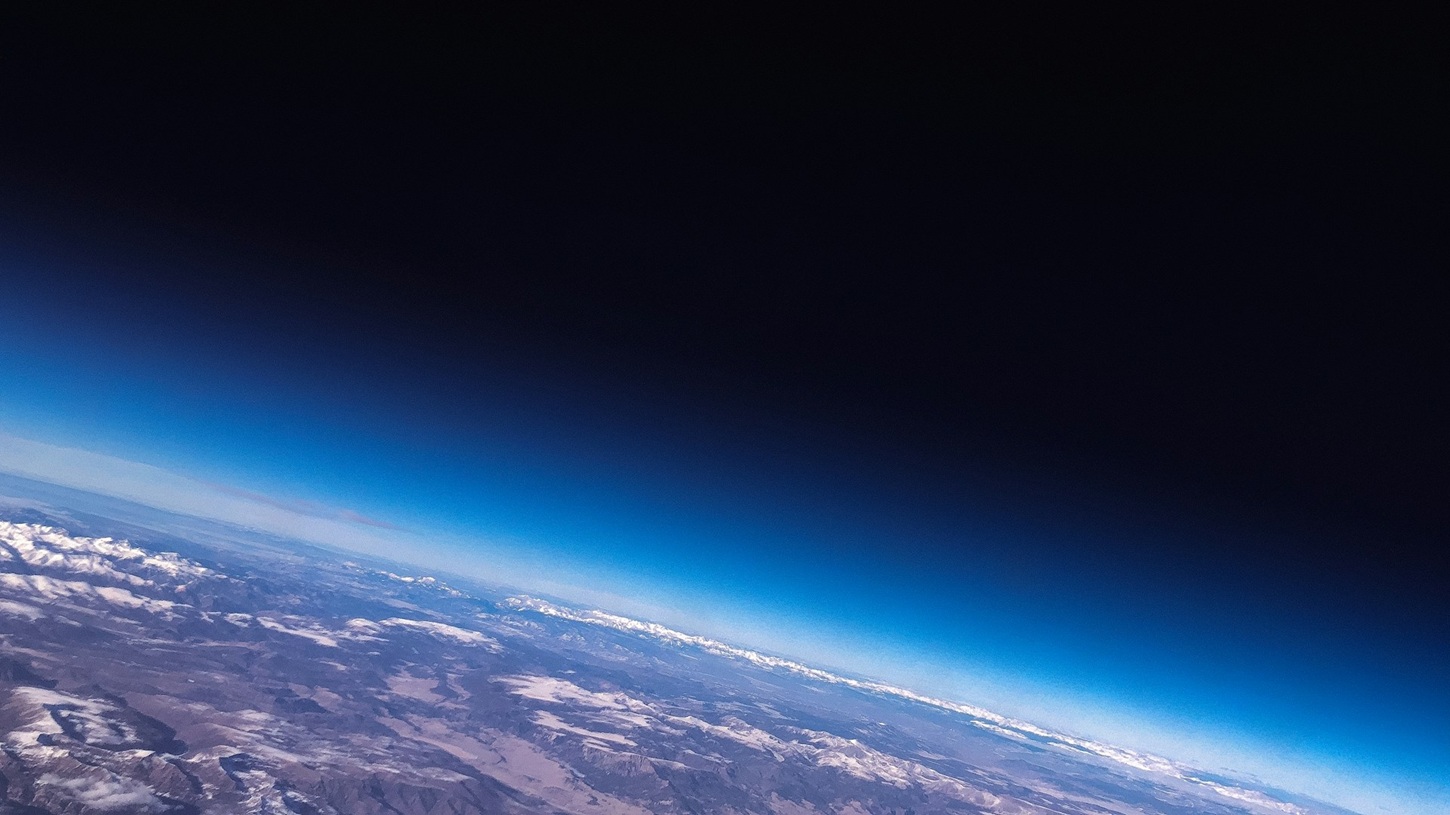Scientists have proposed a new technique that could help map oceans on exoplanets, a key step towards finding life outside our own planet.
Searching for liquid water on exoplanets is key to finding life among stars, and now scientists have proposed a new strategy that could improve the chances of finding water.
In a new study published December 28 in the journal Nature Astronomy, researchers hypothesize that if an exoplanet's atmosphere contains less carbon dioxide…2Like neighboring planets, it is possible that there is a huge amount of water – or even life – on its surface.
Currently, finding liquid water on planets outside the solar system is a major challenge. Liquid water has not yet been found on any of the approximately 5,000 exoplanets we have discovered. The best that scientists can do is detect traces of water in the atmosphere of exoplanets. And determine whether it is theoretically possible for liquid water to exist on planets.
“We know that initially Earth's atmosphere was largely made up of carbon dioxide, but then this gas dissolved into the oceans and allowed the planet to support life for the past four billion years or so,” said Amaury Treaud, a co-author of the study from the UK. “So that.” University of Birmingham professor of exoplanet research said in his statement.

After carbon dioxide dissolves in the oceans, tectonic activity traps it in the Earth's crust, creating an effective carbon store. This is partly why our planet is carbon dioxide2-The level is much lower compared to our neighbors. Earth's atmosphere contains about 0.04% carbon dioxide, while the atmosphere of Venus and Mars contains more than 95%.
If scientists discover a similar low carbon dioxide atmosphere on an exoplanet, this could indicate the existence of vast oceans like ours, the researchers said.
Company2It is easier to find than liquid water. Company2 It absorbs infrared radiation very well, which means it gives off a strong signal that scientists can detect.
This research can also be done using existing telescopes, such as the James Webb Space Telescope (JWST). It is also possible to monitor the Earth's surface, since carbon dioxide2 Because of the special wavelength to measure. Earth's atmosphere can hamper experiments at other wavelengths, because it partially absorbs signals.

There is another scenario that could contribute to a low-carbon atmosphere: life itself. The main ways life on our planet fixes carbon is through photosynthesis and making lime scales. About 20% of Earth's carbon sequestration occurs through biological processes.
“Despite initial hope, most of our colleagues ultimately concluded that large telescopes like the James Webb Space Telescope would not be able to detect life on exoplanets. Our work provides new hope,” said Julian de Wit, study co-author and assistant professor of science. Planetary University of California. Massachusetts Institute of Technology. “By detecting carbon dioxide, we can not only infer the presence of liquid water on a distant planet, but we can also provide an opportunity to learn about life itself.” De Wit said.
While this approach appears to work in principle, there may still be hurdles because it is not clear how many Earth-like exoplanets have atmospheres. But as researchers discover more and more exoplanets, they will discover more and more atmospheres. This technology could help determine whether life can continue.












































